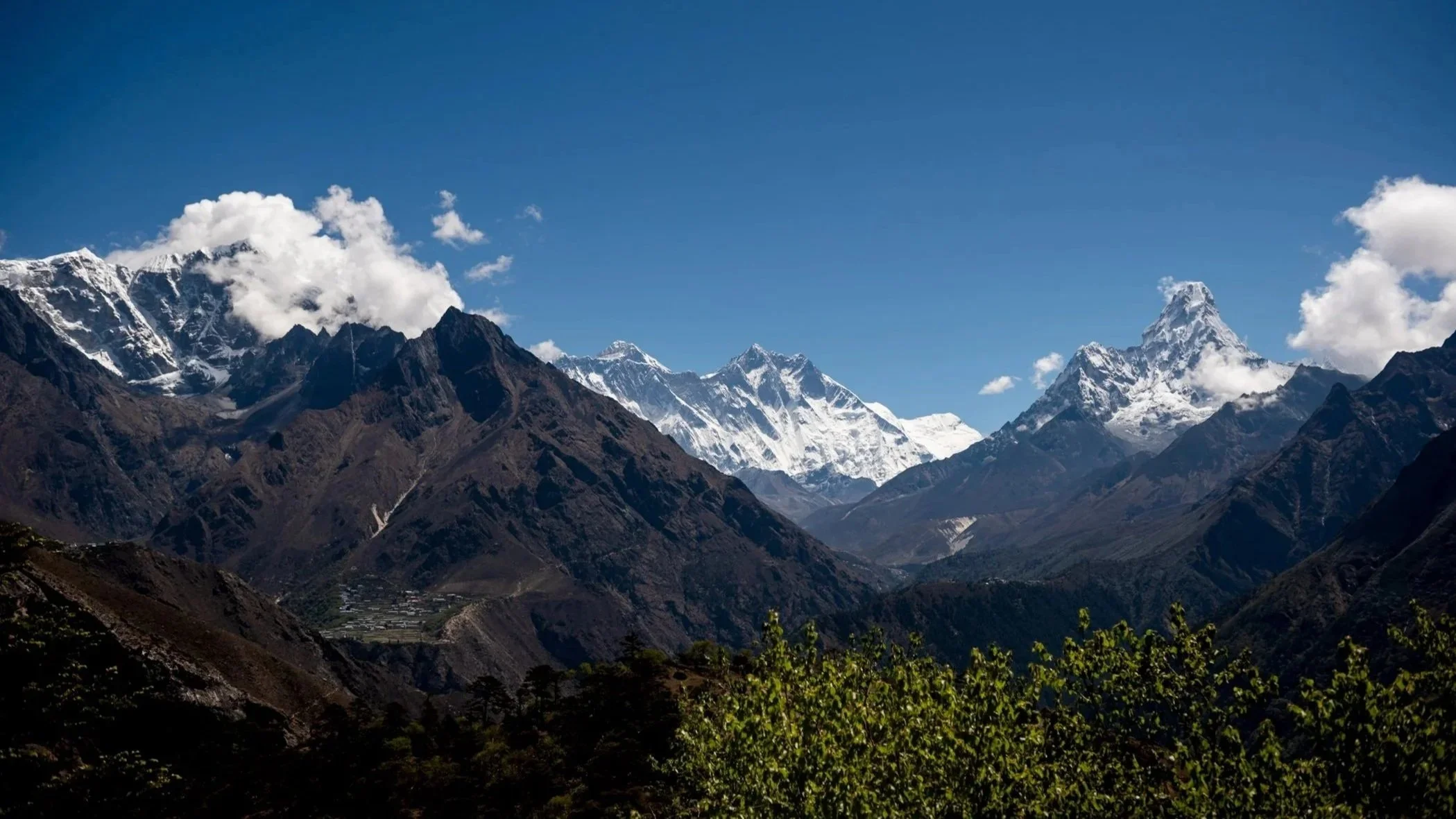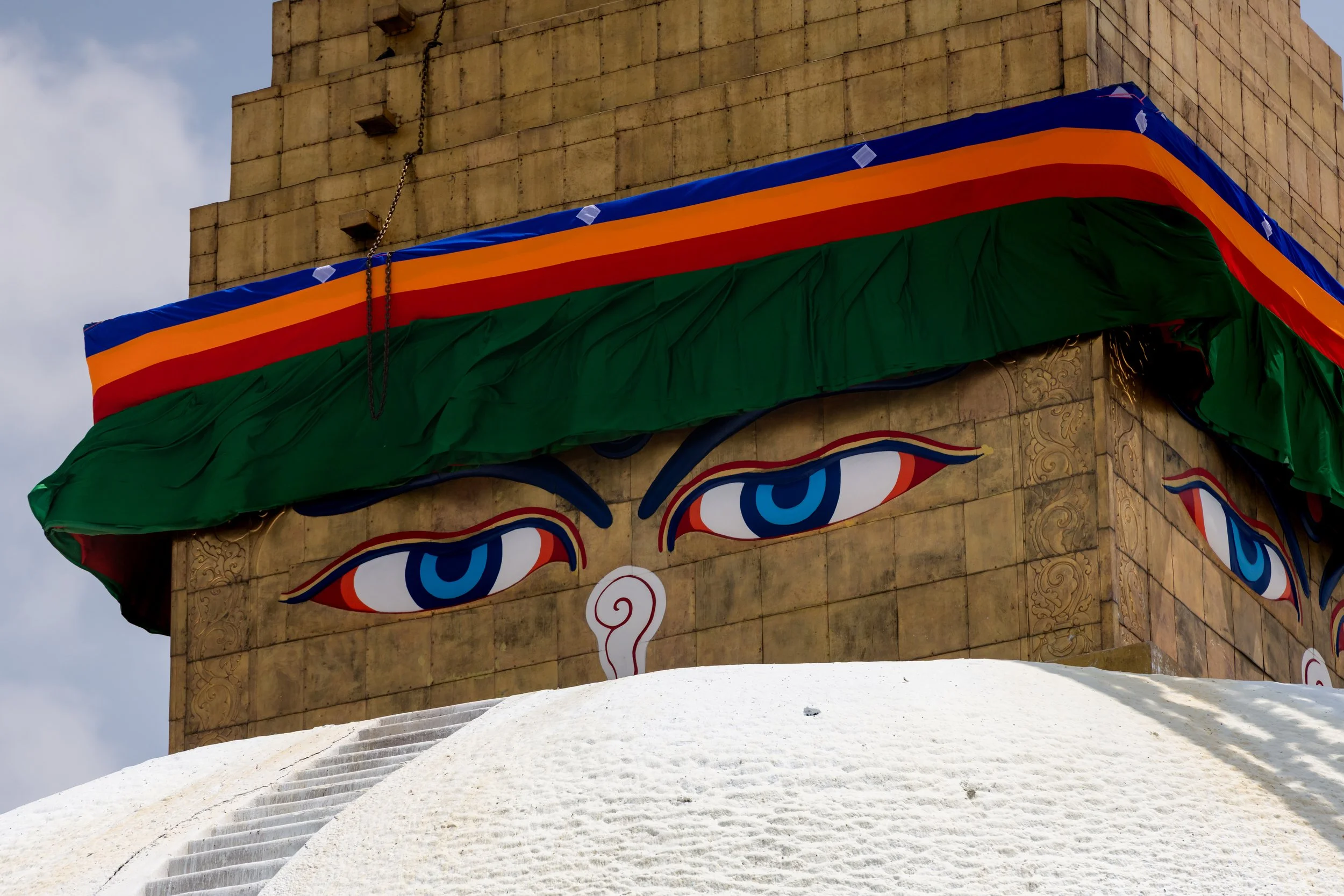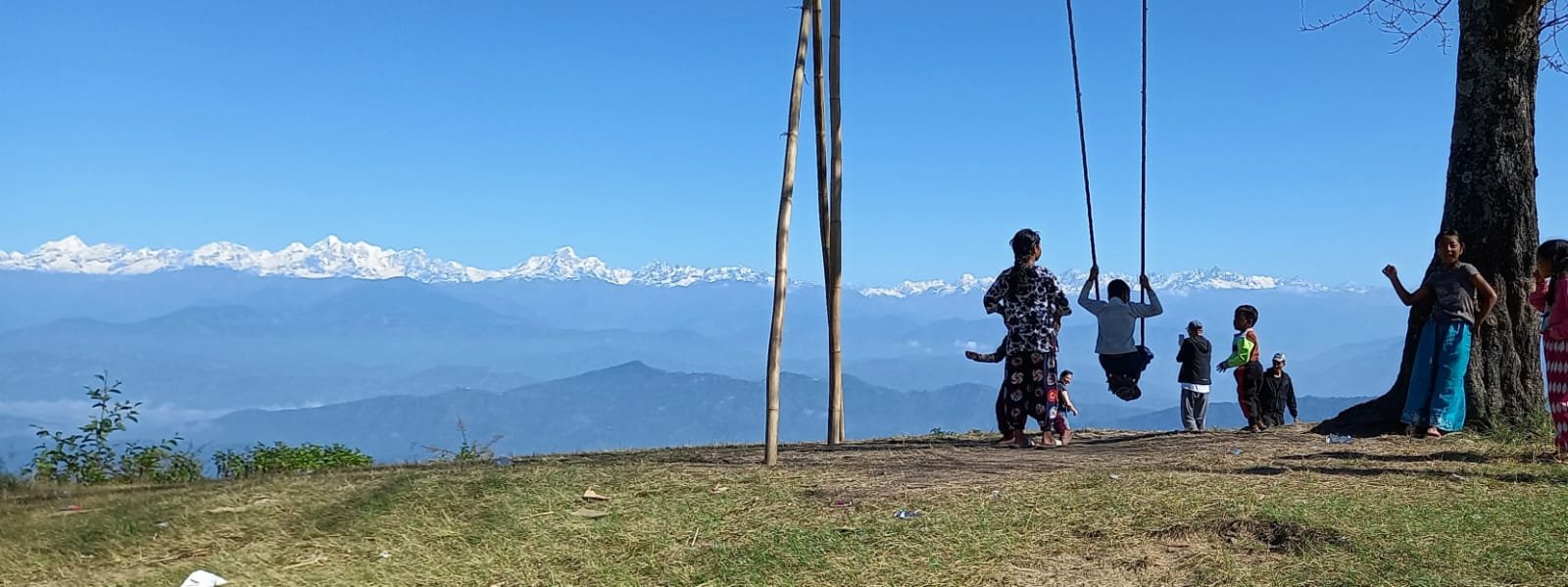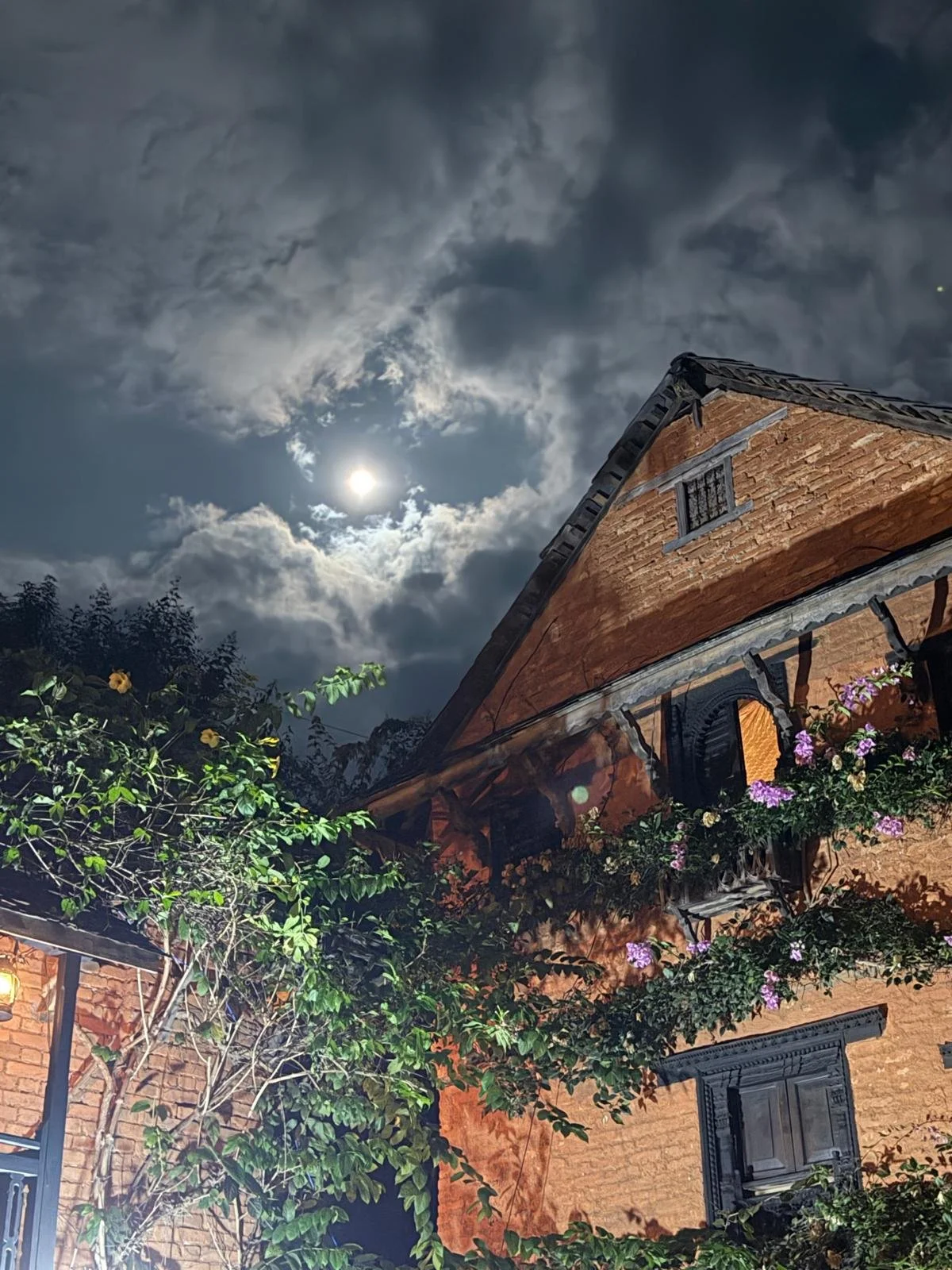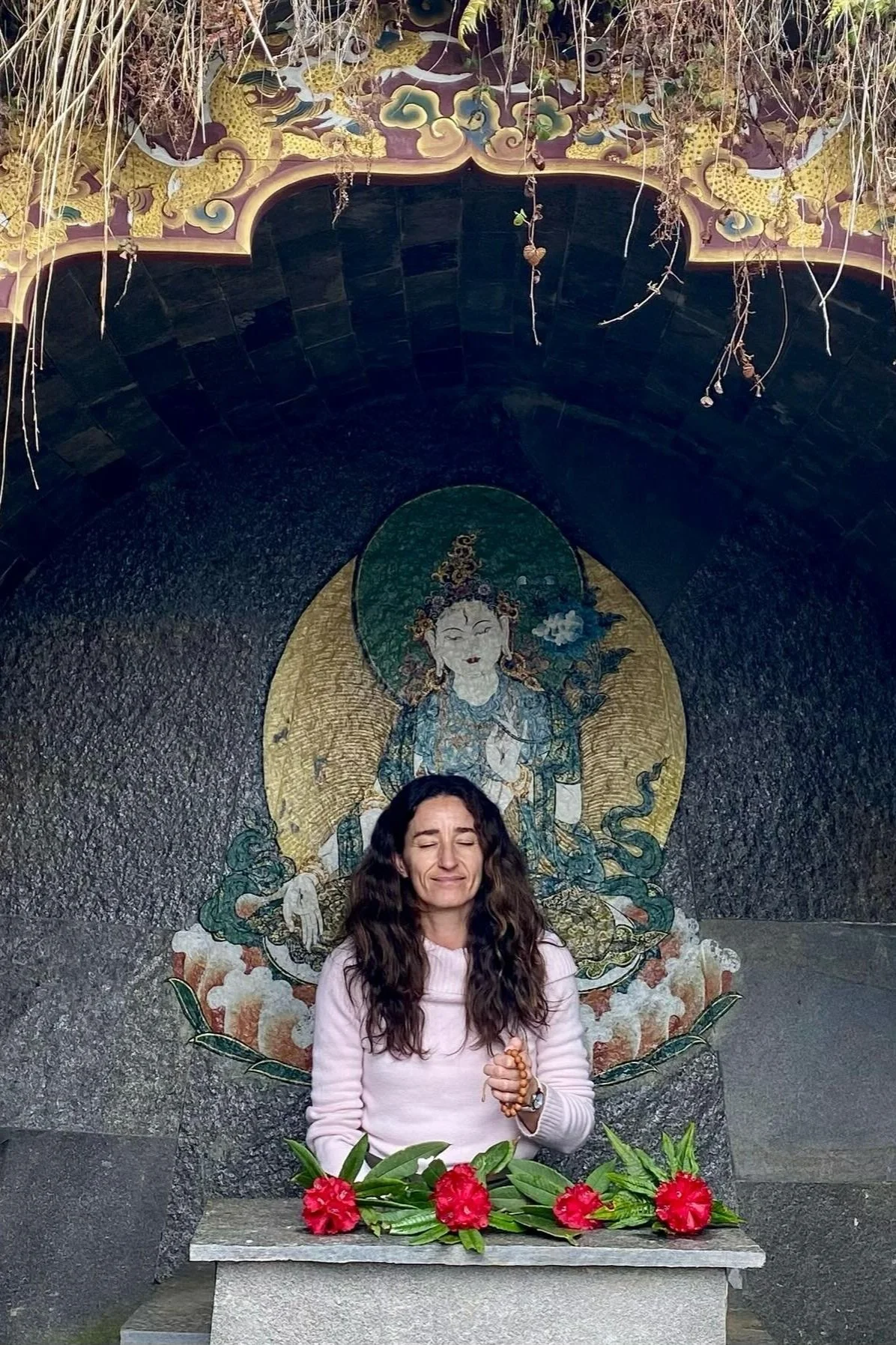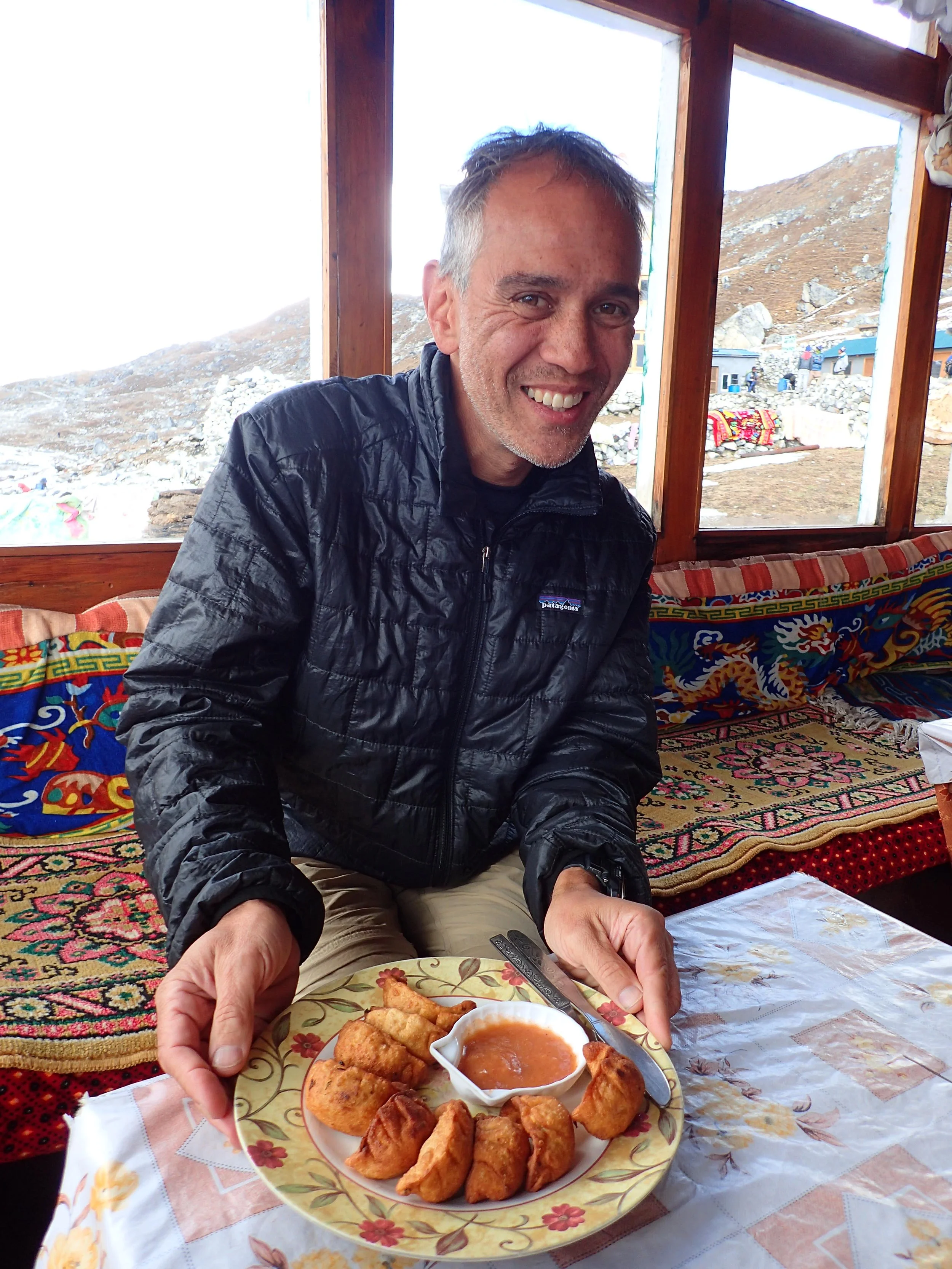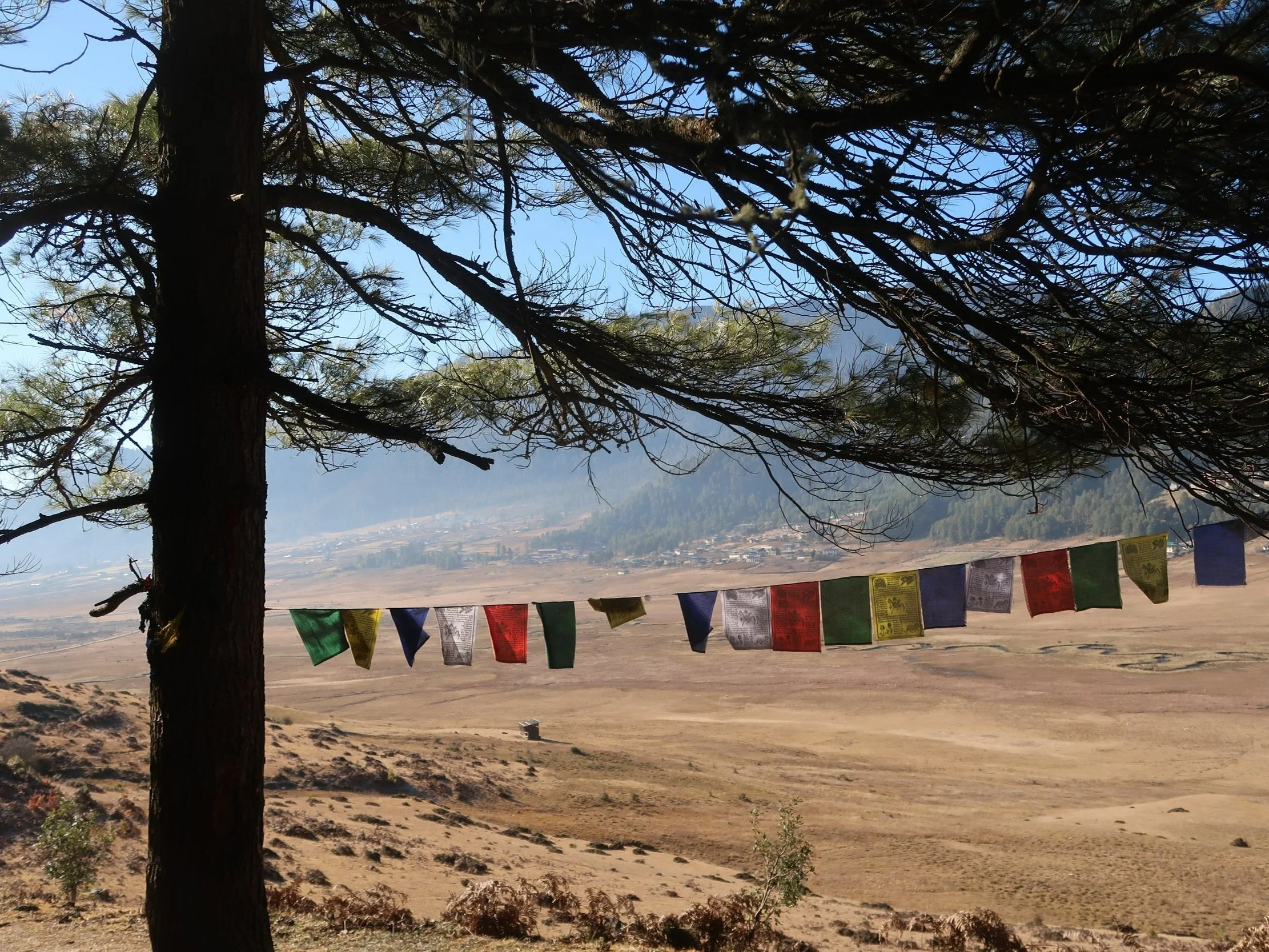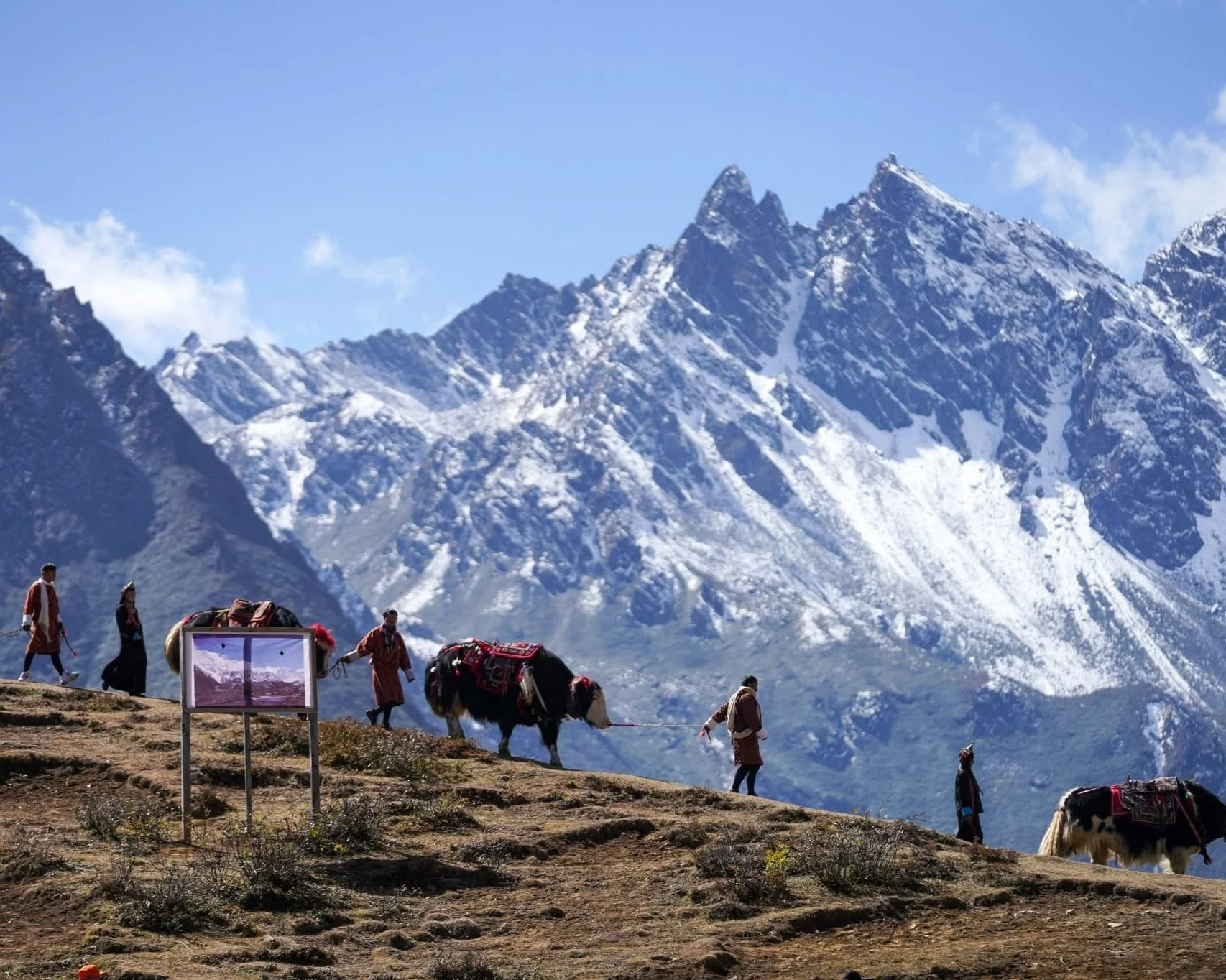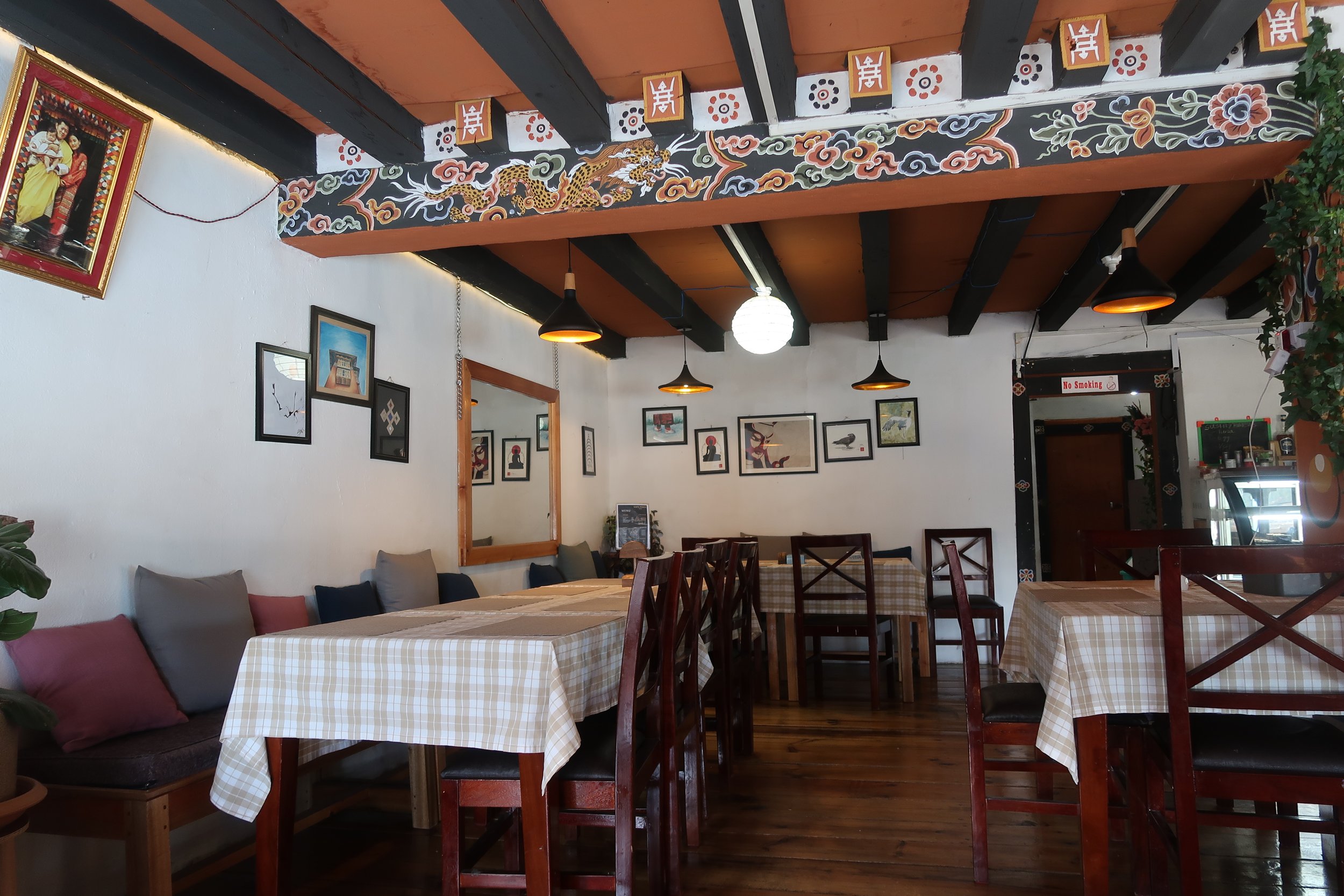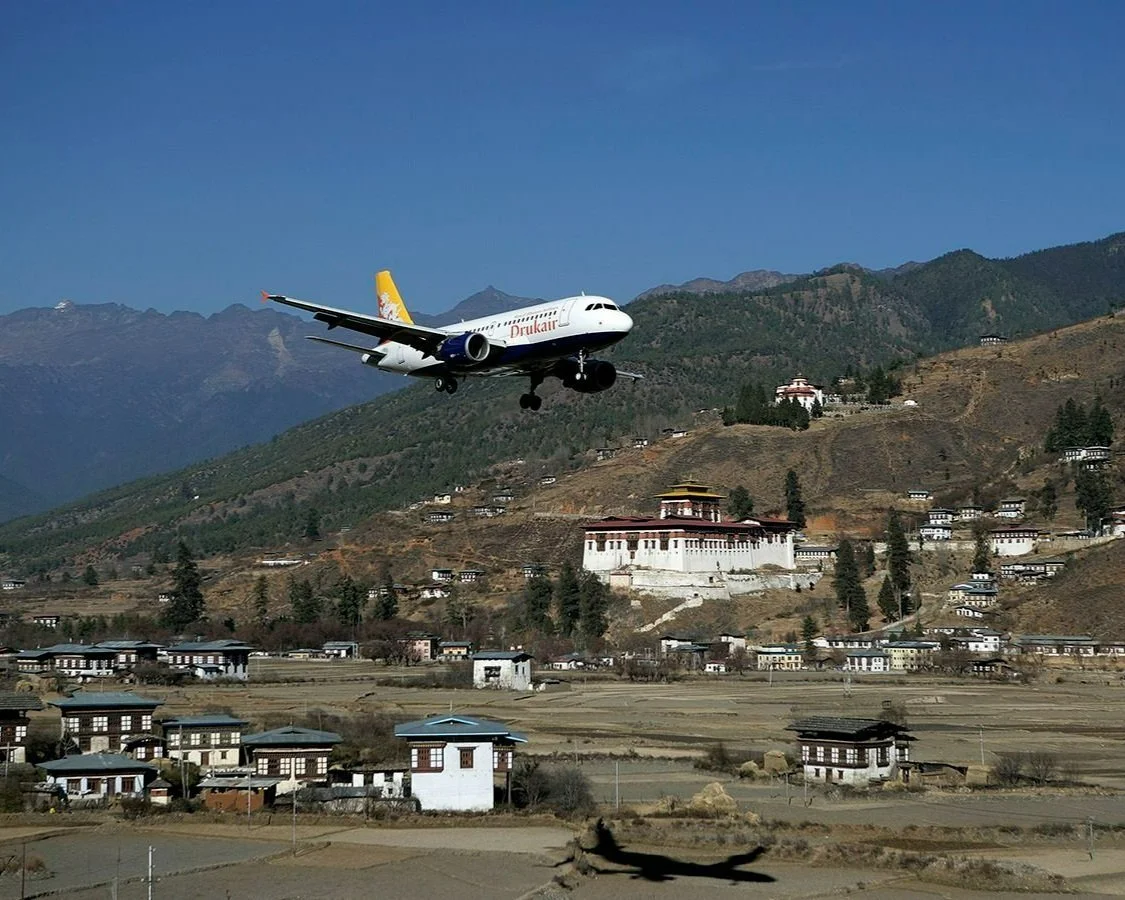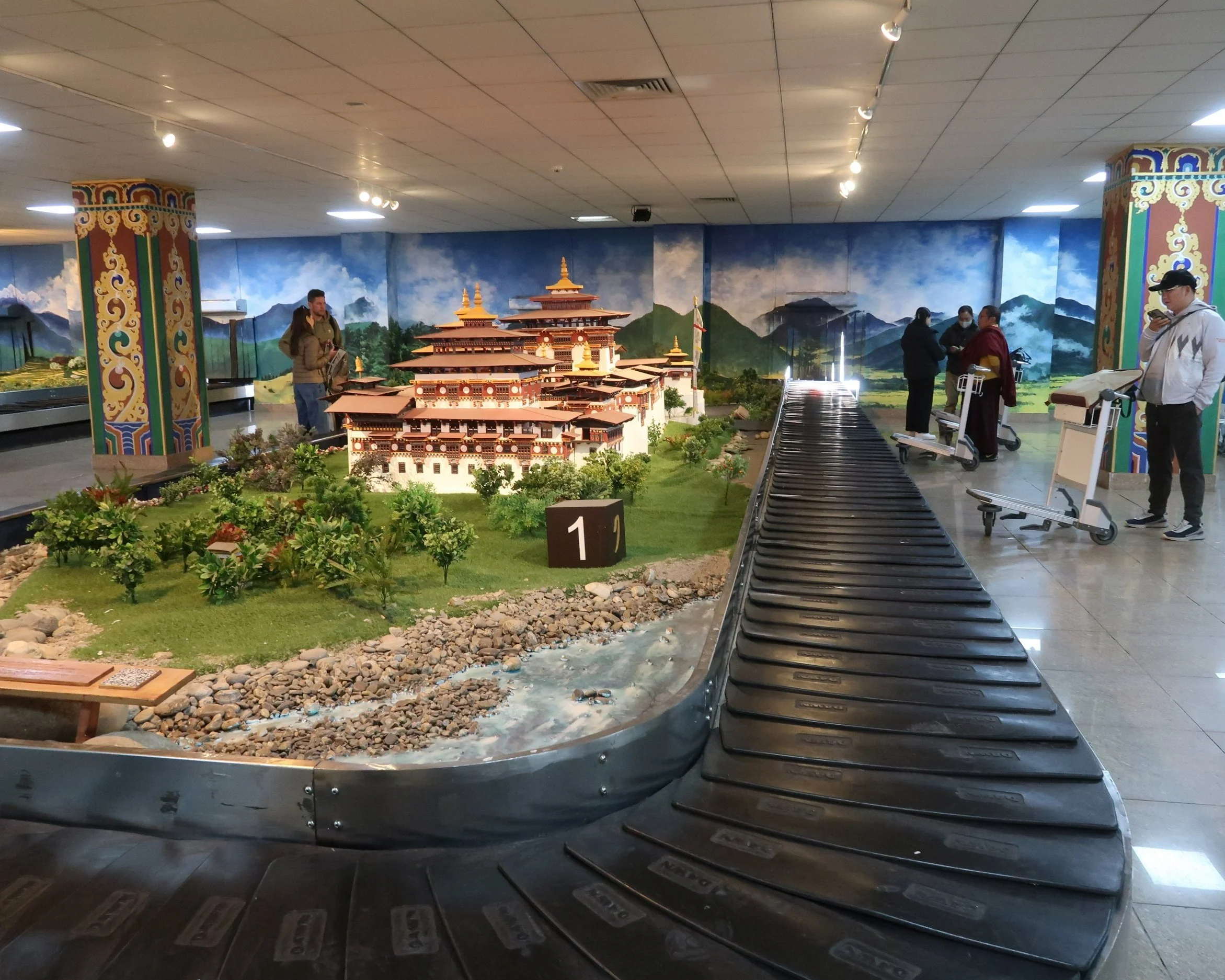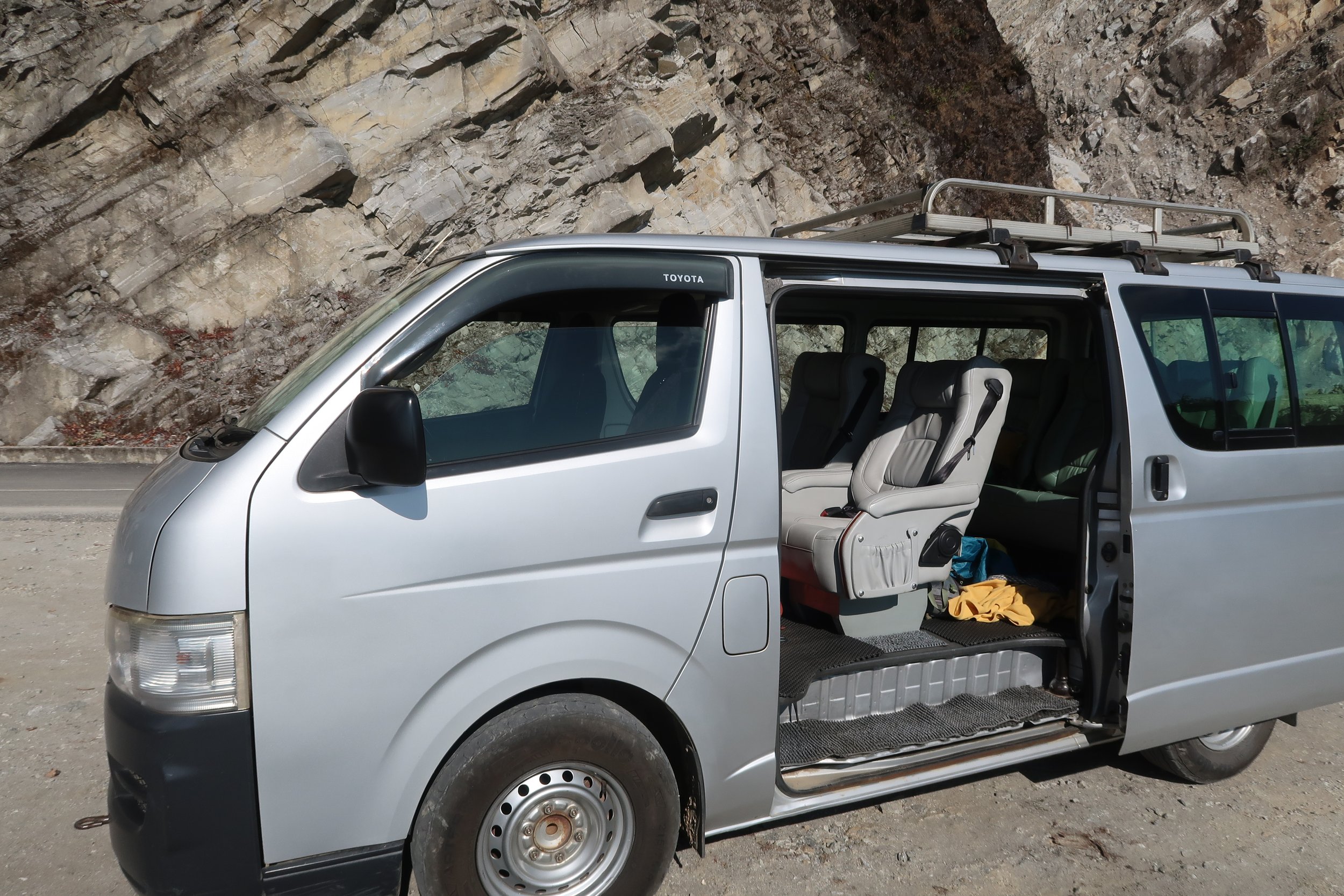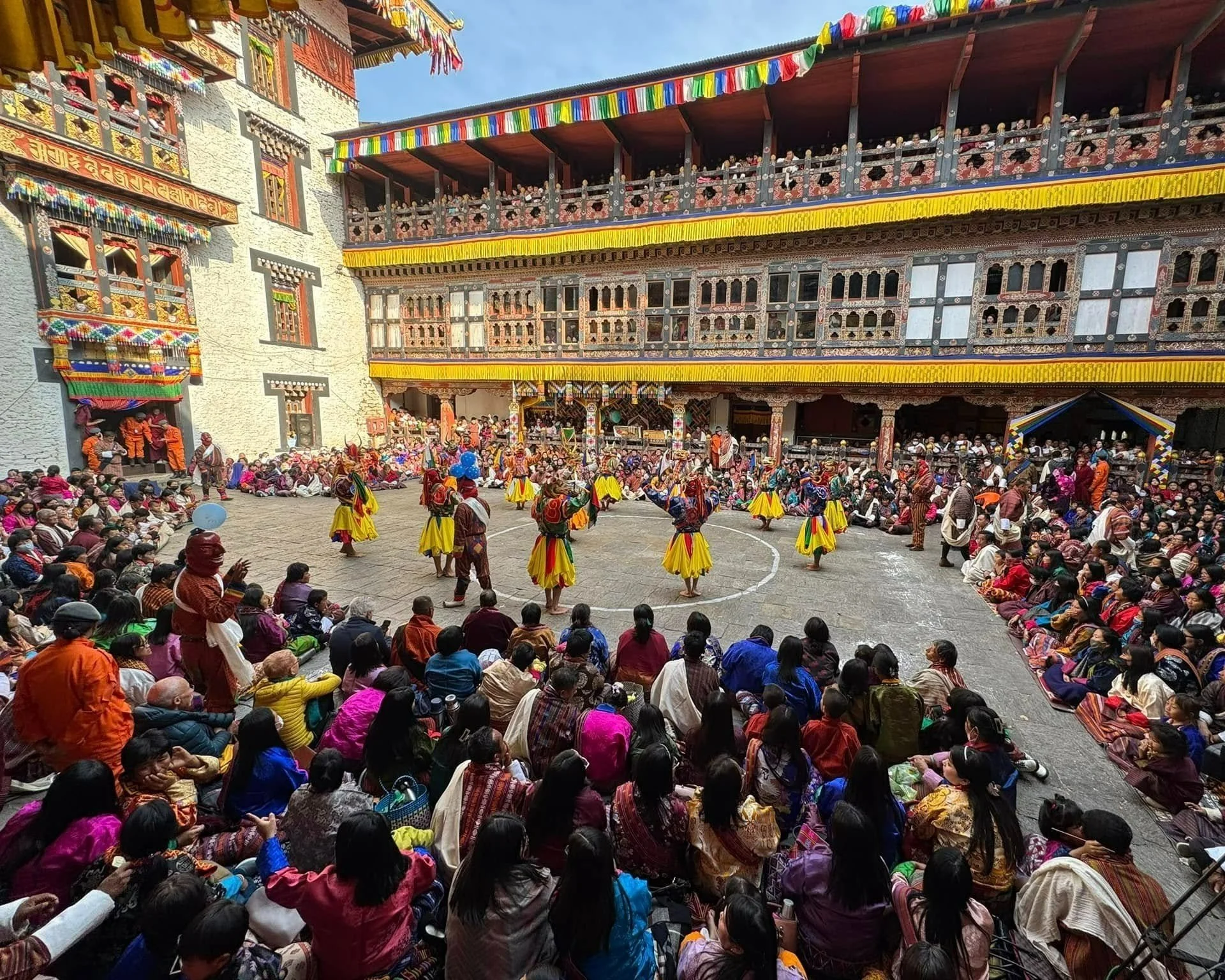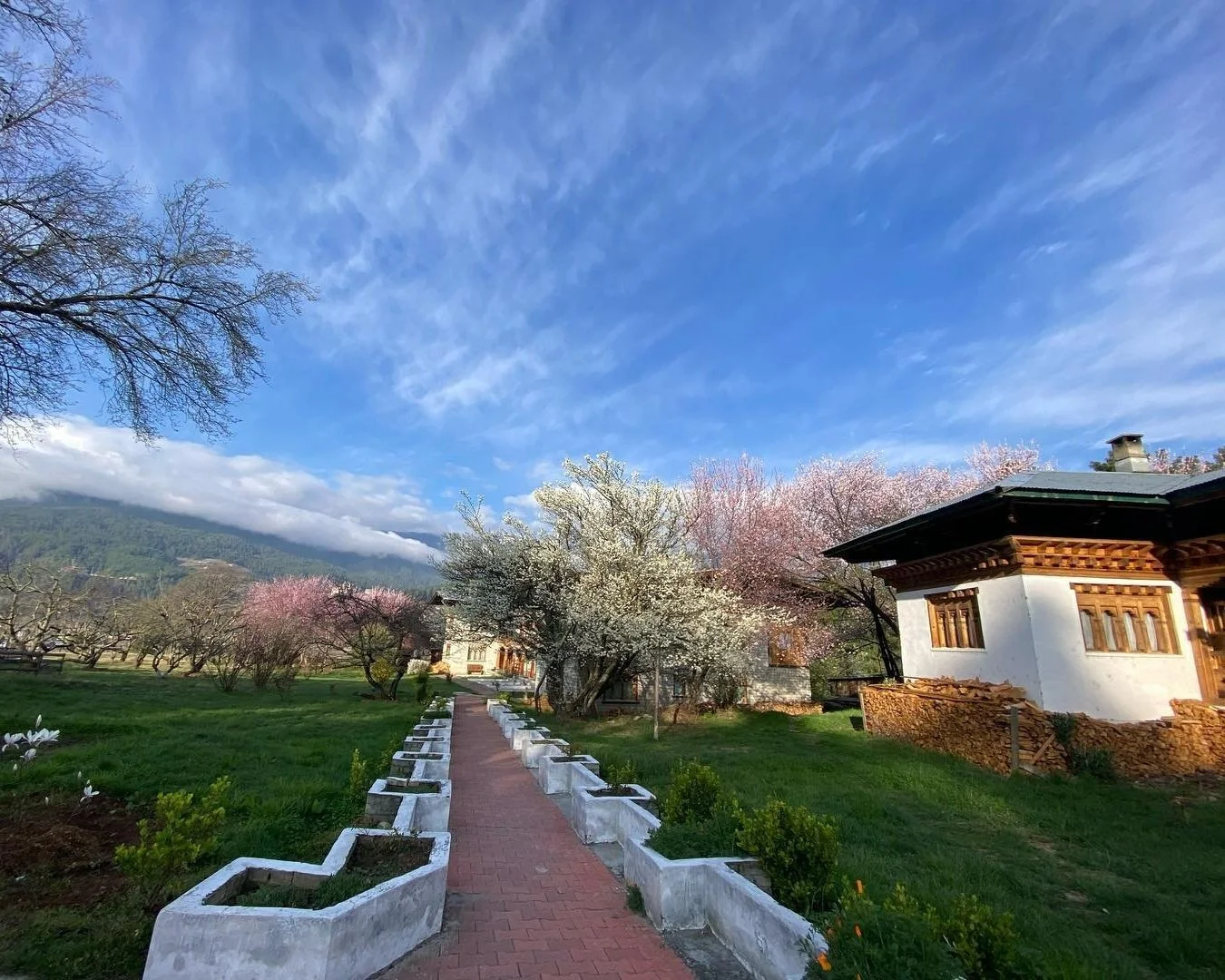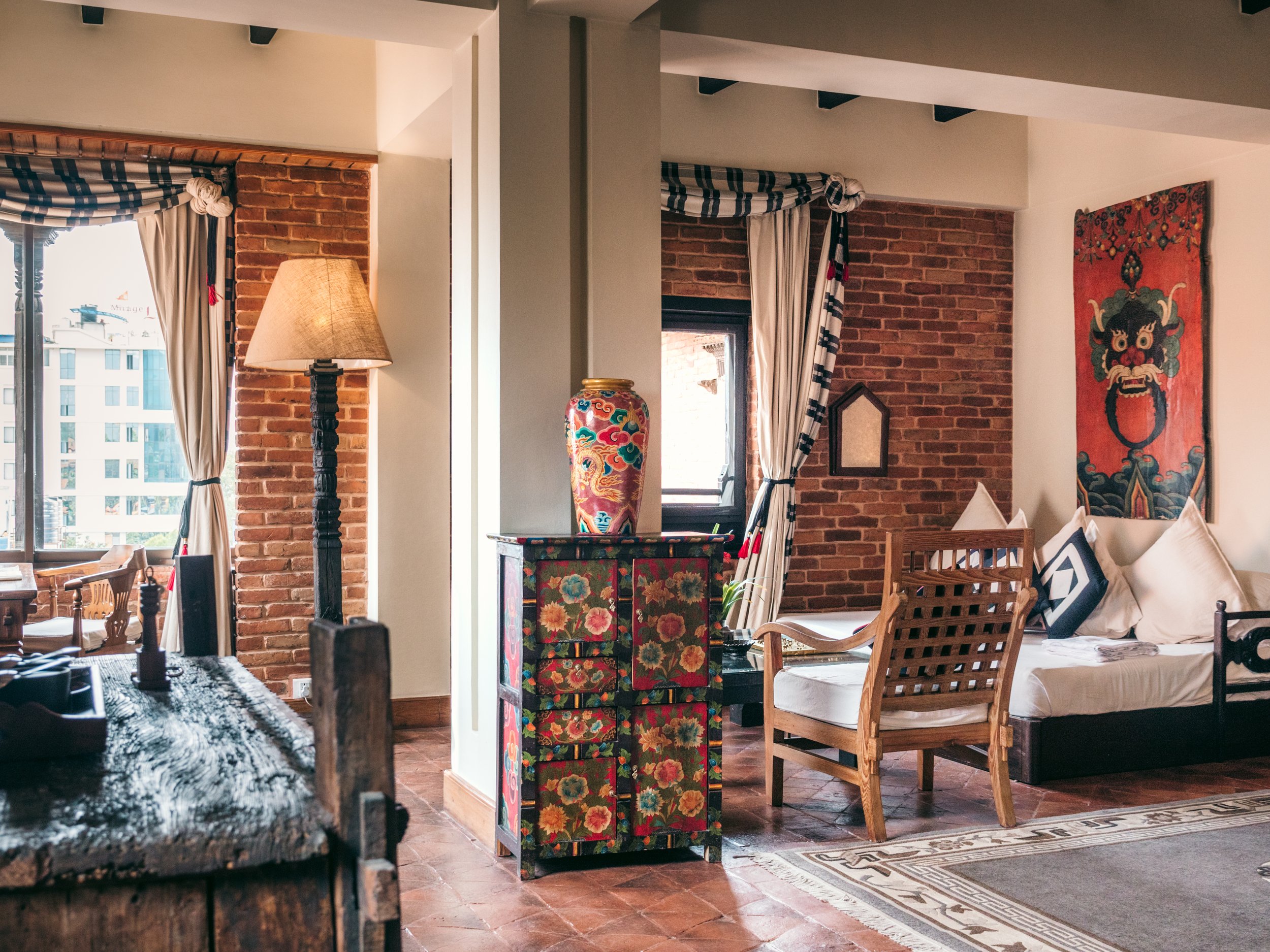Kathmandu is known for its bustling streets, historic temples, and vibrant markets. However, some of the city’s most memorable experiences happen over a meal. Among the cafés and restaurants scattered across the city, some are well-known favorites, while others remain quieter, lesser-known spots cherished by those who discover them.
These eateries aren’t necessarily flashy or trendy; they’re welcoming, full of flavor, and often become favorites for locals and travellers alike. From hearty breakfasts and specialty coffee to healthy vegan options and classic pizza, Kathmandu’s food scene offers a range of experiences, from hidden gems to established favorites, each with its own charm.
Chez Caroline (Babar Mahal Revisited)
A long-established French bistro, Chez Caroline is tucked into a delightful courtyard within an old Rana palace at Babar Mahal Revisited. The restaurant is known for its delicious quiches, fresh salads, and delectable pastries, all complemented by excellent coffee and warm, attentive service. One of its most charming touches is the generous basket of complimentary bread served at the table; fresh, crusty, and perfect for lingering over a relaxed meal.
What keeps locals coming back time and again is the restaurant’s reassuring consistency and unpretentious warmth. Regulars appreciate knowing they can always expect the same high standards, familiar favorites, and a calm, welcoming atmosphere. Set within a peaceful, historic courtyard, Chez Caroline offers a sense of escape without formality, making it a reliable go-to for leisurely breakfasts, long lunches, or quiet afternoons away from the city’s bustle. For many in Kathmandu, it has become as much a comforting ritual as a dining destination It is a must-visit for anyone seeking a genuine taste of French cuisine in the city.
What keeps locals coming back time and again is the restaurant’s reassuring consistency and unpretentious warmth. Regulars appreciate knowing they can always expect the same high standards, familiar favorites, and a calm, welcoming atmosphere. Set within a peaceful, historic courtyard, Chez Caroline offers a sense of escape without formality, making it a reliable go-to for leisurely breakfasts, long lunches, or quiet afternoons away from the city’s bustle. For many in Kathmandu, it has become as much a comforting ritual as a dining destination It is a must-visit for anyone seeking a genuine taste of French cuisine in the city.
Himalaya Arabica Beans (Thamel)
Tucked behind Kathmandu Guest House, Himalaya Arabica Beans is one of Thamel’s hidden gems. It offers fantastic breakfasts, excellent freshly ground coffee, and is one of the most affordable breakfast options in the area.
One of its best-kept secrets is the smoothie bowl; not listed on the menu but available if you ask. It’s delicious, filling, and healthy, made with avocado, plant-based milk, nuts, and seeds. The café also shines when it comes to baking: the homemade bread and carrot cake are both standouts, perfect with a slow morning coffee. Open all day, Himalaya Arabica Beans is relaxed and welcoming, with friendly service that encourages you to linger.
Rosemary Kitchen & Coffee Shop
A long-time favorite among both locals and visitors, Rosemary Kitchen is more well-known and appreciated for its wide-ranging menu that suits all tastes. Whether you’re craving comfort food or something lighter, the choices are thoughtful and consistent.
The café is especially popular for its vegetarian and vegan options, making it an easy, reliable choice for plant-based travelers. The atmosphere is calm and inviting, ideal for solo meals, relaxed conversations, or a quiet break from the city’s energy.
Fire and Ice Pizzeria (Thamel)
One of Kathmandu’s most famous and well-established pizzerias, Fire and Ice is a must-visit for pizza lovers. Known for superb pizzas with perfectly baked crusts and rich toppings, it combines excellent food with fabulous ambience and attentive service.
Whether you’re dining with friends or family, Fire and Ice delivers a classic, consistent experience that has made it a favorite for years. Its popularity reflects its quality, making it a reliable choice in the heart of Thamel.
OR2K (Thamel)
A well-loved spot among long-term travelers and budget-conscious eaters, OR2K has earned its reputation for serving excellent vegan and gluten-free food without sacrificing portion size or flavor.
The menu leans toward wholesome, comforting dishes includng healthy salad bowls, generous plates of falafel and hummus, and Middle Eastern–inspired meals that feel both nourishing and satisfying. Portions are famously huge, making it a great option for those who want value for money while still eating well.
Relaxed seating and a casual atmosphere make OR2K an easy place to settle in. It’s proof that eating consciously in Kathmandu can also be filling and affordable.
Why These Hidden Eateries Matter
Kathmandu’s food scene isn’t limited to popular restaurants or trendy cafés. Some of the most satisfying meals are found in places that focus on good ingredients, familiar faces, and getting the basics right. These eateries offer more than food; they invite you to slow down, settle in, and find a sense of routine in a city that can feel intense at first.
Exploring Kathmandu through its cafés and restaurants is a simple way to experience the city at a human pace. It’s about quiet mornings over a good meal, cafés that feel familiar enough to return to, and dishes that leave a lasting impression without any need for spectacle. Experiencing a city doesn’t always mean rushing from place to place. Sometimes, it’s as simple as finding the spots that make you feel at ease and letting the day unfold.
For more information about our tours visit www.beyondtheclouds.org.nz
















